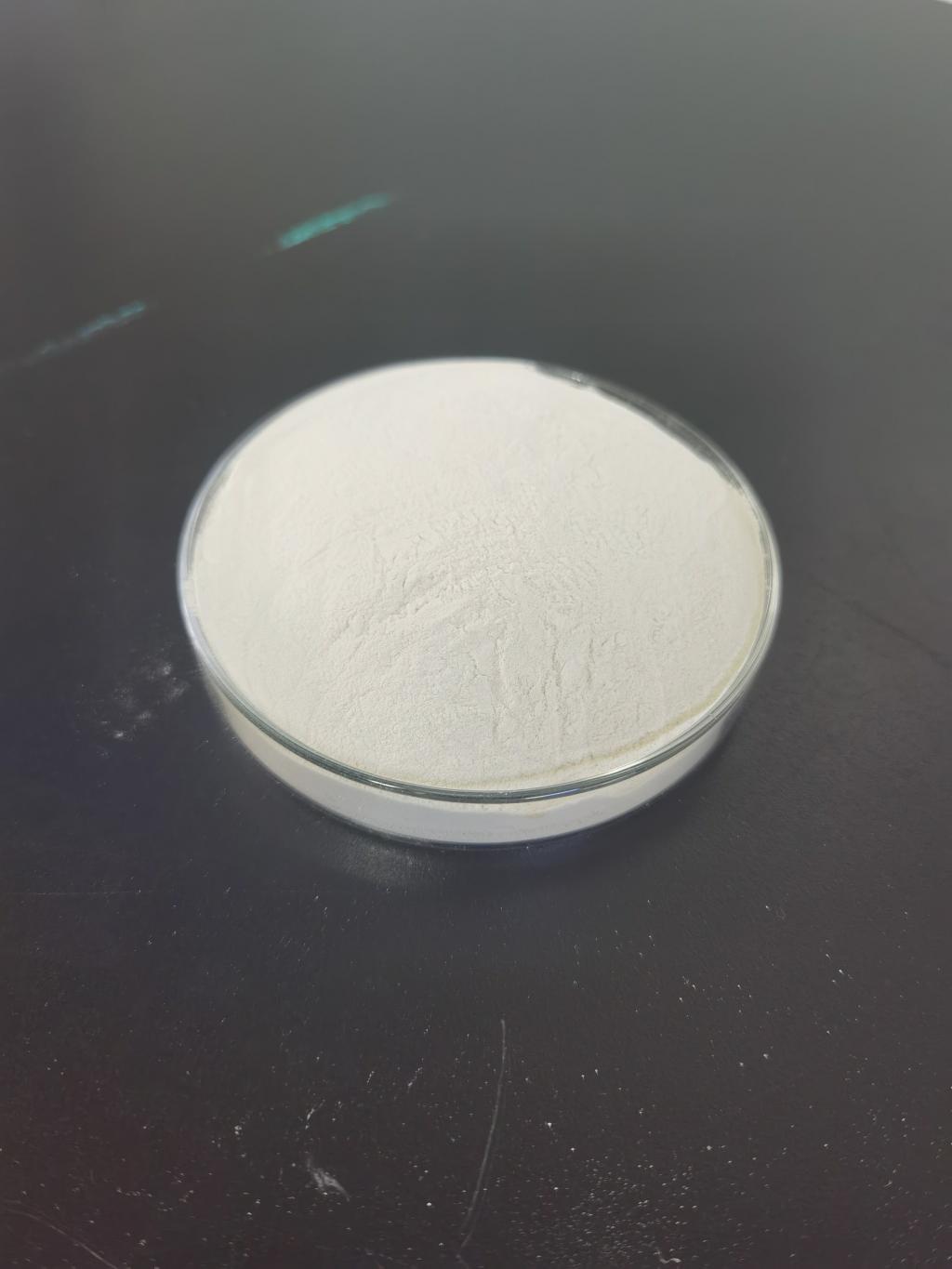Tel:+8618231198596

News
 CONTACT
CONTACT
 CONTACT
CONTACT
- Linkman:Linda Yao
- Tel: +8618231198596
- Email:linda.yao@dcpharma.cn
- Linkman:CHARLES.WANG
- Department:Overseas
- Tel: 0086 0311-85537378 0086 0311-85539701
News
The Future of Nisin in Food Preservation.
TIME:2023-11-03
Nisin: A Natural Food Preservative
Nisin, first discovered in the 1920s, is a polypeptide consisting of 34 amino acid residues. It is produced by specific strains of lactic acid bacteria, primarily Lactococcus lactis. Nisin's unique structure and antimicrobial properties have made it a valuable tool in preserving food.
1.1 Mechanism of Action
Nisin's primary mode of action involves disrupting the cell membranes of target bacteria. It selectively binds to lipid II, a precursor molecule involved in peptidoglycan synthesis in bacterial cell walls. This binding results in the formation of pores in the bacterial cell membrane, leading to the leakage of essential ions and molecules and ultimately causing bacterial cell death.
1.2 Selective Activity
One of the key advantages of nisin is its selectivity for Gram-positive bacteria, which include many foodborne pathogens. Nisin's mechanism of action targets these bacteria while sparing beneficial bacteria and human cells, making it a safe and effective natural food preservative.
Applications of Nisin in Food Preservation
Nisin has found applications in various food preservation scenarios, with a focus on extending the shelf life of products and enhancing food safety. Some of the key applications include:
2.1 Dairy Products
Nisin is commonly used in dairy products like cheese and yogurt to inhibit the growth of spoilage and pathogenic bacteria. By preventing bacterial contamination, nisin helps maintain product safety and quality.
2.2 Meat and Poultry
Nisin is employed in meat and poultry products, such as sausages and deli meats, to prevent the growth of harmful bacteria like Listeria and Staphylococcus. This application contributes to food safety and extends the shelf life of these products.
2.3 Processed Foods
In processed foods like canned soups and sauces, nisin helps prevent spoilage by inhibiting the growth of spoilage microorganisms. This extends the product's shelf life, reducing food waste and enhancing consumer convenience.
2.4 Plant-Based Foods
The growing popularity of plant-based foods has led to the use of nisin in products like plant-based cheeses and meat alternatives. Nisin helps maintain the safety and quality of these products, aligning with the demands of consumers for natural, clean label ingredients.
Challenges in Nisin Application
While nisin has proven to be a valuable food preservative, some challenges exist in its application and usage:
3.1 Resistance Development
Bacteria are known for their ability to develop resistance to antimicrobial agents, including nisin. Understanding and monitoring resistance mechanisms is crucial to ensure the long-term effectiveness of nisin as a food preservative.
3.2 Regulatory Considerations
The use of nisin in food products is subject to regulatory guidelines and limits on its concentration. Compliance with these regulations is essential to ensure food safety and quality while maintaining transparency with consumers.
3.3 Synergy and Combinations
Research is ongoing to determine the most effective combinations of nisin with other natural preservatives or preservation techniques. These combinations aim to enhance the preservative effects, reduce the concentration of nisin required, and address potential challenges like resistance.
The Future of Nisin in Food Preservation
The future of nisin in food preservation looks promising and involves several exciting prospects:
4.1 Innovations in Nisin Formulations
Researchers are exploring novel formulations of nisin that can enhance its stability, bioavailability, and effectiveness in various food matrices. These innovations may allow for greater flexibility in its application and improved shelf-life extension.
4.2 Targeted Delivery Systems
Advancements in nanotechnology and microencapsulation are opening up new possibilities for targeted delivery of nisin. These technologies enable precise control over the release of nisin in food products, optimizing its antimicrobial activity and reducing the risk of resistance development.
4.3 Combining with Emerging Technologies
Nisin can complement emerging food preservation technologies, such as high-pressure processing, pulsed electric field treatment, and cold plasma treatment. These synergistic approaches may offer superior food preservation while maintaining nisin's clean label status.
4.4 Nisin in Medical Applications
Nisin's antimicrobial properties are not limited to food preservation. Research is ongoing to explore its potential in medical applications, including treatments for bacterial infections. The use of nisin-based therapies could revolutionize the way we combat antibiotic-resistant pathogens.
4.5 Consumer Education and Acceptance
As the demand for clean label foods and natural ingredients continues to grow, consumers will likely play a pivotal role in shaping the future of nisin in food preservation. Educating consumers about the safety and benefits of nisin can lead to increased acceptance and demand for its use in a wide range of food products.
Conclusion
The future of food preservation is intricately linked to the continued evolution and innovation in the use of natural ingredients like nisin. As the demand for clean label foods and sustainable preservation methods rises, nisin stands as a valuable tool in extending the shelf life of products while ensuring food safety and quality. Research into new formulations, delivery systems, and applications of nisin, along with consumer education, will shape its role in food preservation in the years to come. Nisin's selectivity, safety, and efficacy make it a promising candidate for a more sustainable and efficient approach to food preservation.
- Tel:+8618231198596
- Whatsapp:18231198596
- Chat With Skype







